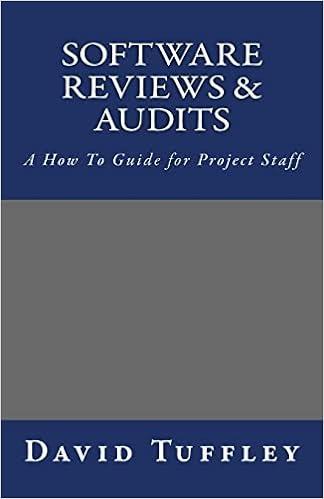Question
need help in figuring this out Two divisions of a CMI are involved in a dispute. Division A purchases Part 101 and Division B purchases
need help in figuring this out
Two divisions of a CMI are involved in a dispute. Division A purchases Part 101 and Division B purchases Part 201 from a third division, C. Both divisions need the parts for products that they assemble. The intercompany transactions have remained constant for several years.
Recently, outside suppliers have lowered their prices, but Division C is not lowering its prices. In addition, all division managers are feeling the pressure to increase profit. Managers of divisions A and B would like the flexibility to purchase the parts they need from external parties to lower cost and increase profitability.
The current pattern is that Division A purchases 3,000 units of product part 101 from Division C (the supplying division) and another 1,000 units from an external supplier. The market price for Part 101 is $900 per unit. Division B purchases 1,000 units of Part 201 from Division C and another 500 units from an external supplier. Note that both divisions A and B purchase the needed supplies from both the internal source and an external source at the same time.
The managers for divisions A and B are preparing a new proposal for consideration.
Division C will continue to produce Parts 101 and 201. All of its production will be sold to Divisions A and B. No other customers are likely to be found for these products in the short term, given that supply is greater than demand in the market. Division C will manufacture 2,000 units of Part 101 for the Division A and 500 units of Part 201 for the Division B. Division A will buy 2,000 units of Part 101 from Division C and 2,000 units from an external supplier at $900 per unit. Division B will buy 500 units of Part 201 from Division C and 1,000 units from an external supplier at $1,900 per unit.
Division C Data 2014 Based on the Current Agreement
Part
101
201
Direct materials
$200
$300
Direct labor
$200
$300
Variable overhead
$300
$600
Transfer price
$1,000
$2,000
Annual volume
3,000 units
1,000 units
Required:
Computations (use Excel)
Set up a table similar the one below to compute the difference between the current situation and the proposal for Divisions A and B. Design a different table for Division C.
Division A
Current Situation
Proposal
No. of Units
Purchase Price
Total Purchases
No. of Units
Purchase Price
Total Purchases
Internal purchases
3,000
$
2,000
$
External purchases
1,000
2,000
Total cost for part 101
$
$
Savings to Div. A
$
Summarize the financial effects for the three divisions and the company as a whole in another table.
Step by Step Solution
There are 3 Steps involved in it
Step: 1

Get Instant Access to Expert-Tailored Solutions
See step-by-step solutions with expert insights and AI powered tools for academic success
Step: 2

Step: 3

Ace Your Homework with AI
Get the answers you need in no time with our AI-driven, step-by-step assistance
Get Started


